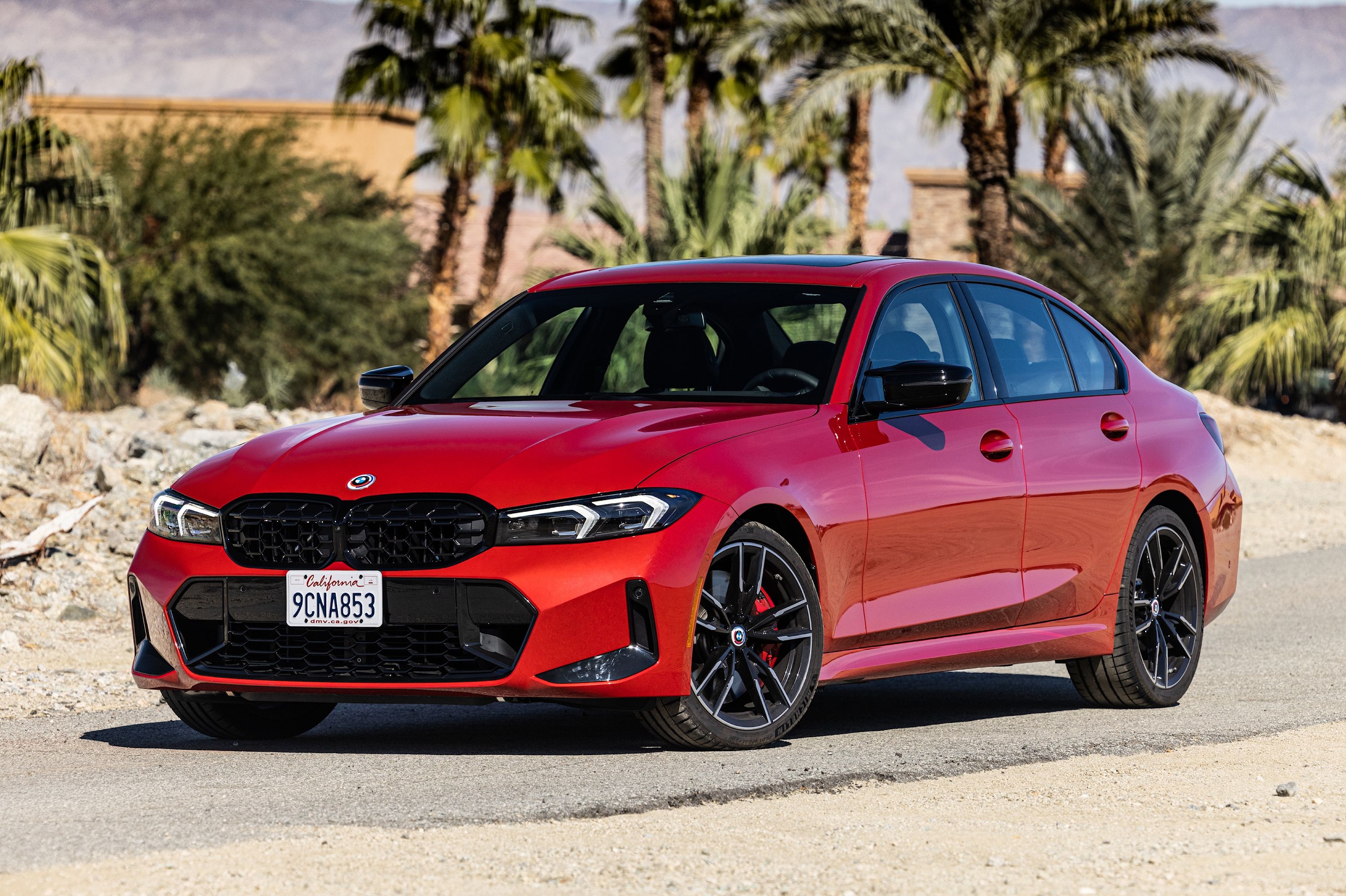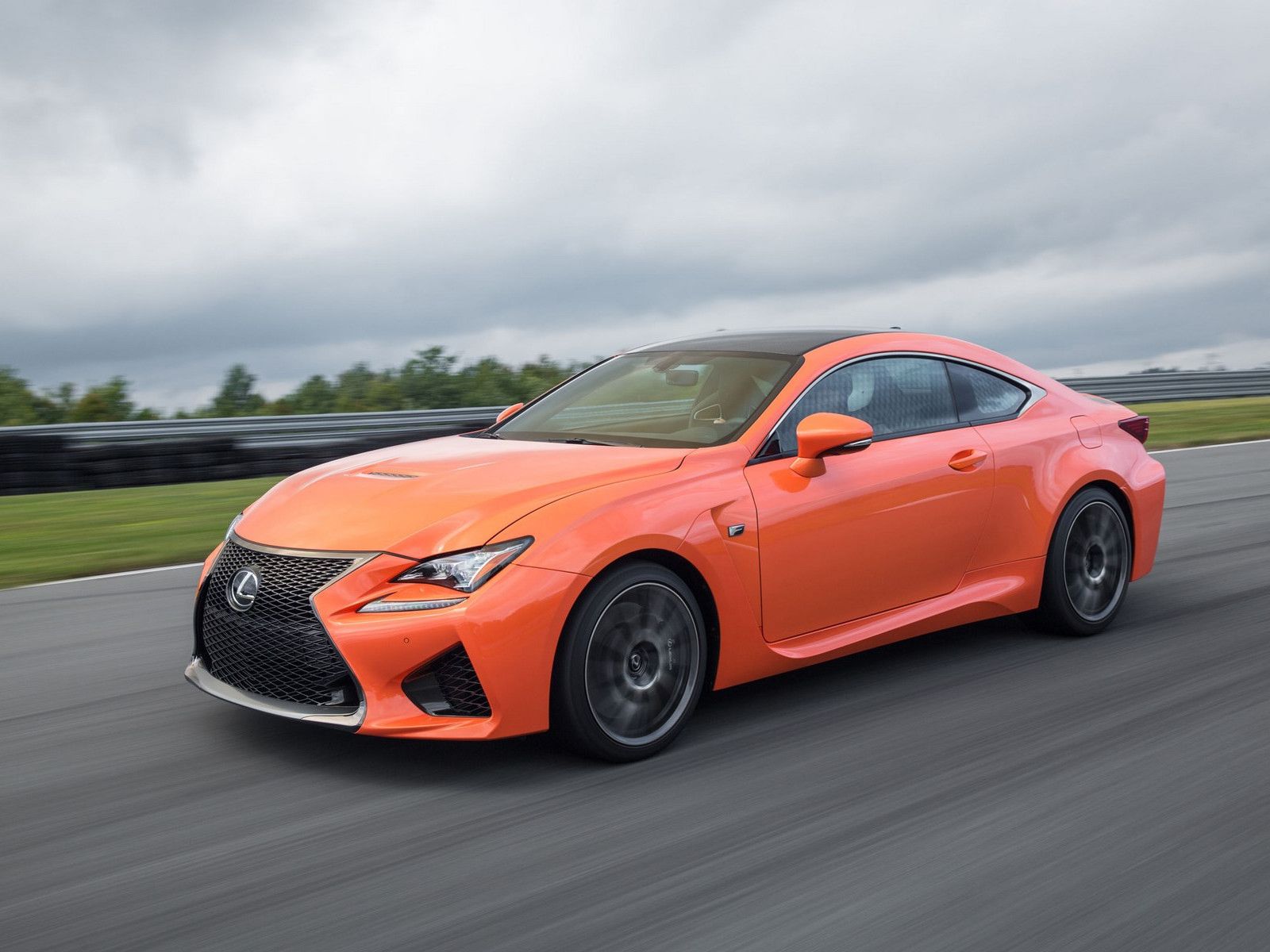
The engineering that goes into our favorite cars is a wonderful thing; finely tuned suspension, gloriously sonorous exhausts, pinpoint accurate steering, and sometimes, glorious engines that complete a model by adding that cherry on top of an already almost perfect package. But just as the Honda S2000s high revving F20C engine was a perfect match for the balanced convertible chassis in which it was equipped, there have been vehicles let down by the engines under their hoods. We've selected 10 cars that we feel were let down by their engines when everything else was going so well for them.
Mazda RX-8
The Mazda RX-8 was the latest and at this stage final Mazda to feature a rotary engine. It was a 2+2 seat sports car that was well ahead of its time in many aspects, making use of a carbon fiber driveshaft – much the same as we now see in the Alfa Romeo Giulia Quadrifoglio – to reduce weight and inertia to improve throttle response, as well as centering weight between the axles for ultimate handling balance. It looked great, and it handled exceptionally. The 13b-REW Renesis Wankel engine sounded great too, and in true rotary nature, it revved to high heavens. But, the 13b Renesis was notoriously unreliable, and let's face it, without turbos the 13b engine was weak on the torque front. The lack of torque paired with poor reliability – not exactly a strong suit of the rotary engine in any case – will go down as a massive travesty, with the RX-8 really deserving better.
Toyota 86
When Toyota repeatedly teased a concept for the 86 sports car, it seemed too good to be true. A spiritual successor to the AE86 Corolla of pop-culture infamy, front-engined, and rear-wheel drive, it sounded like a bedtime story. But it came to fruition, and alas, it proved to be incredible to drive, with a balanced chassis, low center of gravity, a slick manual gearbox, and skinny rear tires that meant the 86 was easily driftable. The low weight and equally low price made the 86 an affordable enthusiasts' car. But the chassis is so good that many say it deserves more than the 200-odd horsepower the standard engine delivers. While many may argue its lack of power is what makes it exploitable, there are even more who believe the Subaru-sourced 2.0-liter Boxer motor deserves a turbocharger to really give the 86 proper sports car credentials.
Subaru WRX STI
The Subaru Impreza WRX STI was once an absolute giant slayer; back in its heyday of WRC the pairing of boost and all-wheel drive made it formidable on any surface, and the affordable price point made it an absolute performance bargain. The latest generation may have dropped the Impreza name, but the recipe is still the same – a boosted Boxer 4-cylinder engine, manual gearbox, and all-wheel drive with the trick DCCD differential, though for added effect there's now brake-based torque vectoring that makes the new chassis better than it's ever been before. Why then, does Subaru insist on using the same EJ257 motor used in WRX STIs since the 2004 model? In 14 years the EJ257's reliability sure hasn't improved – prone to ringland failure – and it hasn't received a power increase either aside from the 5hp extra it gets in current Type RA trim. That means the once giant-slaying 300 hp EJ motor is now barely able to keep up with a Golf R, and the STI nameplate deserves better than that.
Foxbody Mustang
Mustangs with V8 engines are as American as apple pie, and the V8 models generally tend to be the best offering in the 'Stang line-up; with one exception being the 1980 and 1981 Foxbody Mustang. Due to the oil crisis in 1979, Ford dropped the 4.9-liter V8 previous used in the Foxbody in favor of a 4.2-liter one for better fuel economy. But the 4.2 was the least powerful Mustang V8 ever, producing just 120hp, and mated only with a 3-speed automatic transmission. That left the 'performance' model of the range to the 2.3-liter turbocharged 4-cylinder Mustang, which itself was fraught with problems of its own – mainly on the reliability front.
Honda CR-Z
Honda's little hybrid hatch oozes cool, and as a throwback to the CRX – a hatch that itself could've done with a more potent engine – it lives up to the requirements of a modernized CRX. But it'll forever be just a little hybrid hatch because it never got a proper engine to turn it into the hot hatch it was always dying to become. While it's taken Honda some time to switch over to turbocharging, can you imagine what a 2.0-liter, 200 hp, rev-to-9000 engine would've been like in the CR-Z's small body? Instead, all we got was 121 combined horsepower of disappointment.
Nissan 240SX (S14)
The Nissan S-chassis is famous amongst enthusiasts, particularly those who like to drift, and while in the drift arena engine swaps may be the common practice, that might not happen as much if Nissan had given us the engine we actually we wanted, the engine the S14 240SX actually deserved. What's particularly sore about this is that elsewhere in the world, the S14 lived up to expectations. With a chassis the equivalent of automotive gold, it could've done so in the US too, but instead of equipping the 240SX with the 2.0-liter turbocharged SR20DET developing around 220 horsepower and with massive tuning ability, they gave the US the KA24DE, a naturally aspirated 2.4-liter developing 155 hp. It was such a dog it was even used in the Frontier. What kind of engine is that to equip in a sports car?
BMW 320i (E90)
The E90 generation BMW 3 Series had a lot going for it. It looked good – still does today – drove pretty well, and had some solid engines in the line-up. Who can forget the fire-breathing 4.0-liter V8 in the M3, and the 335i's turbo-6? But the 320i was the runt of the family, downsizing to a 4-cylinder engine, but forgetting to add the turbo needed to drag what was a relatively heavy body for the motor. Though the claimed outputs were good – 168 hp in later model years – it never drove that well. I suppose you could've bought a 325i, but it would've been cool if even the lower end of the spectrum had a good engine behind it.
Lexus RC F
I think I'm one of the few who genuinely loved the RC-F from the moment I saw it. Sure, the engineering may have been a little flawed, utilizing heavy bits and pieces from multiple other models, but I thought it looked daring, and the concept of a naturally aspirated V8 in an era of turbocharging sounded great! But, the 5.0-liter V8 was essentially the same one Lexus used in the IS-F super-sedan from 7 years earlier. Though power was increased from 417hp to 470 hp, the V8 still struggled with a lack of torque, and the heavy RC F needed torque if nothing else.
Mercedes-AMG SLC43
Mercedes-AMG is synonymous with thunderous V8 engines. In all but their front-drive based vehicles, we expect snorting V8 engines up front and smoking tires behind. In the case of the SLK, the brand's smallest convertible, that was always the case. But when the German brand renamed the SLK to SLC, it made one crucial change, and it dropped the V8 from the line-up, with the range-topper being the SLC43. In place of the 415 hp, 5.5-liter V8, Mercedes-AMG saw fit to drop a twin-turbo V6, not only down on displacement and cylinders but down on power too with just 385 hp. It's slower than the SLK55 was, and though it might be sharper in the handling department, the SLC deserves a V8 range-topper.
BMW i8
Yes, we know the BMW i8 has been built to start the ball rolling on the future of electric propulsion – it's a stepping stone to future all-electric sports cars from BMW – but a 3-cylinder engine, really BMW? Though the i8's combined output of 369 hp might be fairly impressive, and the performance figures equally so, when the battery runs out of juice you're left with a 228 hp carbon fiber sports car that sounds like a sewing machine. Imagine if BMW had equipped it with something more powerful, more sonorous, or even something with a little bit of heritage. The only other mid-engined BMW ever built was the inline-6 powered M1, so how cool would the lightweight i8 have been with the M3's turbo-6 dropped into the engine bay? Maybe then we'd have the performance to back up the incredible looks.

